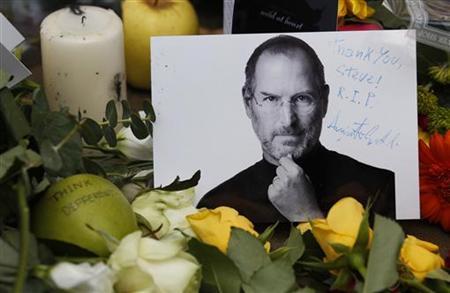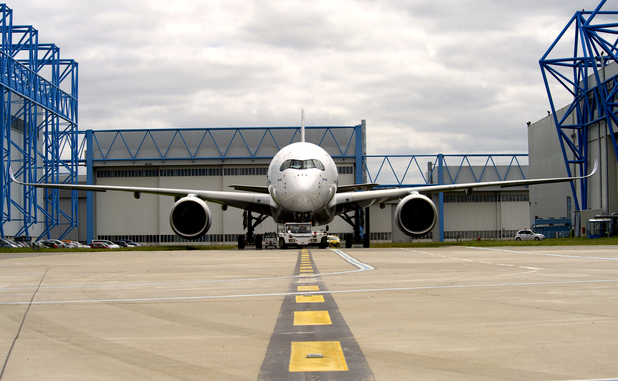The Ulan-Ude Aviation Plant of the Russian Helicopters holding (part of the Rostec State Corporation) has supplied a Mi-171 helicopter with VK-2500-03 engines to a Chinese civil aviation company.
aerobd.news : In 2019, the Civil Aviation Administration of China issued a national type certificate for Mi-171 with the new power plant. The decision of the Chinese aviation authorities expanded the capabilities of Russian Helicopters to meet the needs of the Chinese market.
“The key advantages of the helicopter, high thrust-to-weight ratio and operational safety in mountainous regions, caught the attention of potential buyers in the end of 2018, when Mi-171 was demonstrated in China”, pointed out Leonid Belykh, Managing Director of U-UAZ. “Chinese Civil Aviation Administration and leadership of the Ministry of Emergency Situations were impressed by the helicopter’s capabilities for transporting goods on an external sling, emergency response, as well as for the ability to quickly load and unload of rescue and firefighter personnel”.
The VK-2500-03 engine, designed and supplied by UEC-Klimov, is more powerful that the older TV3-117VM engine series 02, especially when used in high altitude due to its heat-resistant materials and improved design. The introduction of the BARK-78 digital automatic control system gives more detailed control over the engines and their different modes, and generally simplifies their operation. The use of VK-2500-03 engines in Mi-171 helicopters ensures higher load capacity and increases the operational and hovering ceiling. Besides, greater available engine power in an emergency mode ensures greater safety during the flight with one running engine. This was already a second Chinese civilian airline to buy helicopters of this configuration. China currently operates a total of about 200 Mi-171 helicopters.
Ulan-Ude Aviation Plant JSC is one of the production enterprises of the Russian Helicopters holding. The modern production and technological capacity of the plant makes it possible to manufacture new types of aircraft quickly and combine the creation of prototypes with the line production of equipment. In over 75 years of existence, more than 8,000 aircraft have been built at the plant. Today, the plant specializes in the production of Mi-8AMT (Mi-171E), Mi-171 and Mi- 8AMTSh (Mi-171Sh) helicopters.
JSC “Russian Helicopters”, a part of Rostec State Corporation, is a leading player in the global helicopter industry, the sole Russian designer and manufacturer of helicopters. The Holding Company was established in 2007 and is headquartered in Moscow. We operate five helicopter assembly plants, two design bureaus, component production and maintenance enterprises, aircraft repair plants and one helicopter service company providing after-sales support in Russia and abroad. The customers of the Holding Company are the Ministry of Defense, the Ministry of Home Affairs, EMERCOM of Russia, and other state customers, Gazpromavia, UTair Aviation company, large Russian and foreign companies.
State Corporation Rostec is one of the largest industrial companies in Russia. It unites more than 800 scientific and industrial organizations in 60 regions of the country. Its key areas of activity are transport engineering, electronics, medical technology, chemistry and innovative materials. Rostec holdings form three clusters: electronics, weapons and aviation. The corporation’s portfolio includes such well-known brands as AvtoVAZ, KAMAZ, Kalashnikov, Russian Helicopters, Uralvagonzavod and others. Rostec is active in the implementation of all 12 national projects. The company is a key provider of Smart City technology, it is engaged in the digitalization of public administration, industry and social sectors, and it is developing plans for the development of 5G wireless technologies, an Industrial Internet of Things, big data and blockchain systems. Rostec partners with leading world manufacturers such as Boeing, Airbus, Daimler, Pirelli and Renault. The corporation’s products are delivered to more than 100 countries worldwide. Almost a third of the company’s revenue comes from the export of high-tech products.


































